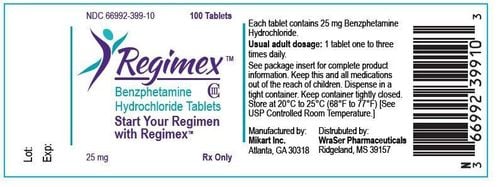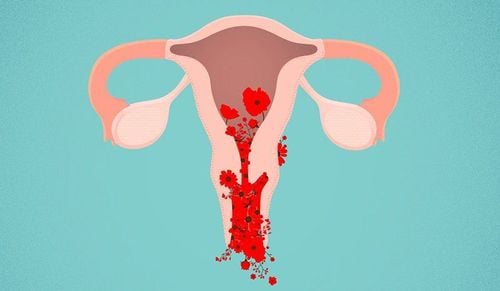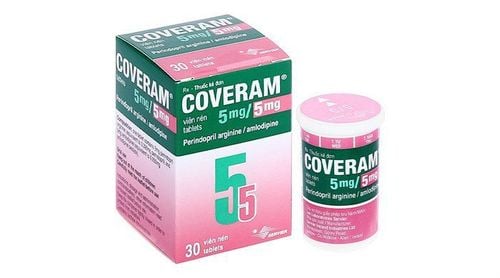This is an automatically translated article.
Article by Specialist Doctor II Nguyen Bang Phong - Deputy Head of Department of Internal Medicine / Cardiovascular Intervention, Vinmec Times City International General Hospital.Coronary artery disease is very dangerous. With stable coronary disease, also known as chronic, patients often have chest pain during exertion, greatly affecting their daily activities and work, and if not treated well, chronic coronary artery disease. may lead to acute coronary syndrome.
1. What is coronary heart disease?
Coronary artery disease - or to be more precise, coronary artery disease - is caused by the formation and growth of atherosclerotic plaques in the walls of blood vessels that cause significant narrowing of the coronary artery lumen, leading to corresponding ischemia of the myocardium, causes angina attacks In some cases, the rupture of atheroma leads to acute thrombus formation, which is the cause of acute coronary syndromes, including myocardial infarction, non-anginal angina. stability.Acute coronary syndrome can cause sudden death or severe acute complications such as cardiogenic shock, acute left heart failure, ventricular arrhythmia... with a very high mortality rate.
2. Is coronary heart disease dangerous?
Coronary artery disease is very dangerous. With stable coronary disease, also known as chronic, patients often have chest pain during exertion, greatly affecting their daily activities and work, and if not treated well, chronic coronary artery disease. may lead to acute coronary syndrome. Acute coronary syndrome can cause sudden death or severe acute complications such as cardiogenic shock, acute left heart failure, ventricular arrhythmia... with a very high mortality rate. If the acute phase is passed, the most common sequelae of acute coronary syndrome are heart failure, arrhythmia, which seriously affects life expectancy and quality of life.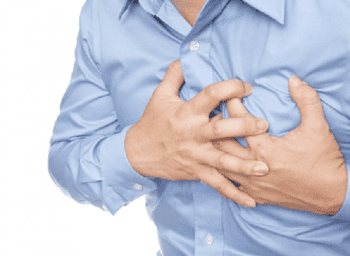
3. How to treat coronary heart disease?
For stable coronary artery disease, treatment includes lifestyle modifications such as quitting smoking and alcohol, proper diet, moderate work and exercise...and medication. The drugs to treat stable coronary artery disease include: Aspirin (prevents thrombosis), Statine (reduces LDL cholesterol, a harmful lipid component in the blood, which is strongly related to the event rate and prognosis of coronary heart disease. , and also has the effect of stabilizing and preventing atherosclerotic plaque cracking, ACE inhibitors, beta-blockers... and a number of other drugs. Aspirin during gastric bleeding, or not taking beta-blockers when there is a history of bronchial asthma...Some patients with stable coronary artery disease will receive stents or coronary artery bypass grafting if indicated. With acute coronary syndrome, the patient must be cared for and treated in the coronary unit or the intensive care unit where the patient is monitored and cared for intensively, medical treatment is the foundation, a Some patients will have coronary stents if indicated, or coronary artery bypass graft surgery.4. What is a coronary stent?
The stent is a mesh tube frame made from a special alloy, capable of reshaping, so when placed in the blood vessel, the stent always tends to stretch and expand, helping to narrow the artery due to fibrosis. mortar does not narrow again.5. Is it possible that after placing the stent, the coronary artery disease is completely cured?
The pathogenesis of coronary artery disease is caused by atherosclerotic plaque, so stent placement is the primary treatment for the culprit coronary artery segment. Stent placement may experience some complications, but very few, such as: infection, rupture or perforation of blood vessels, bleeding causing hematoma at the puncture site, pericardial bleeding causing acute cardiac tamponade, renal failure due to contrast media. , stroke, and, most seriously, acute thromboembolism in the stent. The stent itself is a foreign body to the body, so it can cause endothelial proliferation, which gradually leads to narrowing in the stent. In order to overcome the narrowing in the stent, the stents of the next generation are impregnated with a drug with anti-mitotic effect, thereby preventing the growth of the endothelium, helping to prevent the artery lumen from narrowing.. On that basis, after the stent is inserted, the patient must still be monitored periodically and strictly adhere to medical treatment, including the following drugs: Antiplatelet: Aspirin, Clopidogrel or equivalent drugs: Prasugrel, Ticagrelor (how long to use depends on the type of regular Stent (BMS) or Embedded Stent (DES), Statine, ACE inhibitor or AT1 receptor blocker, beta blocker...6. What are the risk factors for coronary heart disease?
There are many risk factors that can cause coronary heart disease: High blood pressure, Diabetes, Dyslipidemia, Smoking, obesity, sedentary lifestyle, having immediate family members like parents, brothers and sisters. Siblings with coronary heart disease are also considered a risk factor for coronary heart disease. On that basis, in order to prevent coronary heart disease, it is necessary to be well treated Hypertension, Diabetes, Blood lipid disorders, Adjust diet and exercise to lose weight if you are overweight - obese, quit smoking .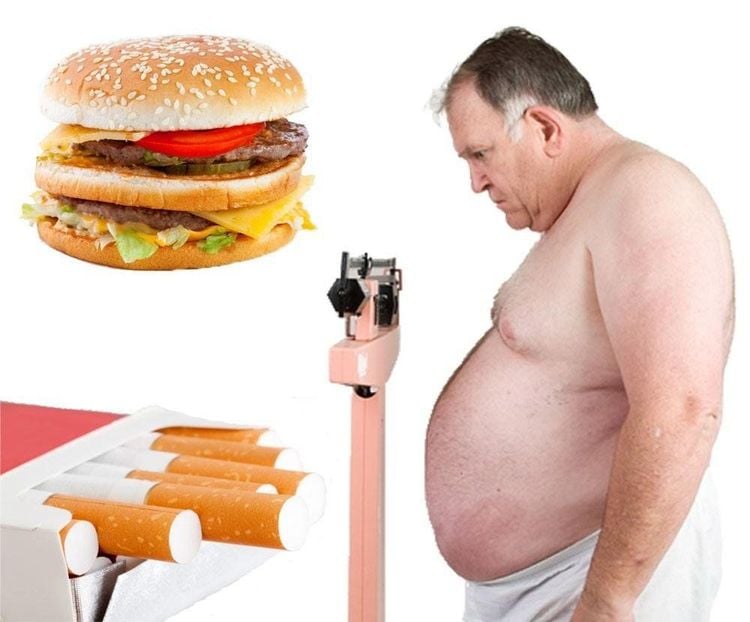
7. Who and when should see a doctor for advice and screening for coronary heart disease?
Patients with the above risk factors should periodically visit a Cardiologist every 6 months for counseling and screening for coronary heart disease. Especially those who have chest pain should also see a cardiologist. - At the consultation - screening for coronary heart disease, the doctor will ask in detail about chest pain, medical history, family, clinical examination, blood pressure measurement, do some necessary tests such as: electrocardiogram, echocardiogram, blood biochemical tests (Glucose, Lipid, Creatinine, GOT, GPT...), blood count - coagulation. In some cases, patients will have an electrocardiogram stress test or an MSCT coronary angiogram.8. When is coronary artery disease an emergency?
In the presence of acute coronary syndrome (myocardial infarction or unstable angina). Most cases of acute coronary syndrome are preceded by a chest pain with the following characteristics: present at rest, lasting more than 10 minutes, feeling of tightness or pressure behind the sternum , often spreading to the neck, lower jaw, shoulder-arm, or sweating. However, many patients with no such typical pain, even without chest pain, are often those with diabetes or old age. In some cases, acute coronary syndromes were found with acute left heart failure (severe dyspnea), hypotension, or severe arrhythmias (palpitations, syncope, or circulatory arrest). Patients with acute coronary syndromes or suspected acute coronary syndromes must be urgently taken to cardiology or emergency resuscitation facilities. Ideally transported by a skilled and well-equipped 911 ambulance, which can deliver CPR or initial management of acute heart failure, severe arrhythmias or blood pressure control, as well as early administration. anticoagulants, antiplatelet agents.Coronary check-up package at Vinmec International General Hospital helps you to screen for coronary artery disease accurately, thereby having timely treatment, avoiding dangerous complications.
Subjects needing coronary examination include: Customers with history such as: hypertension, diabetes, dyslipidemia, smoking, obesity,... Family history of immediate relatives such as father Having a mother or sibling with coronary heart disease is also considered a risk factor for coronary heart disease. In particular, elderly patients should be screened for coronary artery disease early due to age factors.
Please dial HOTLINE for more information or register for an appointment HERE. Download MyVinmec app to make appointments faster and to manage your bookings easily.





